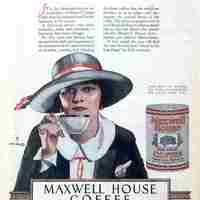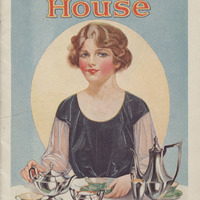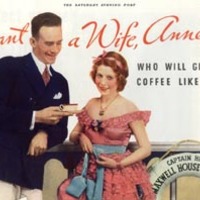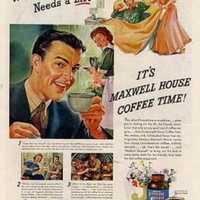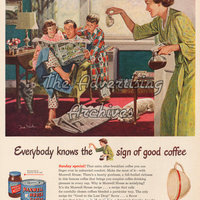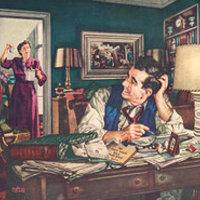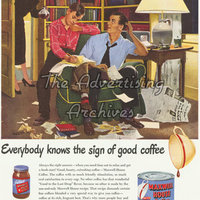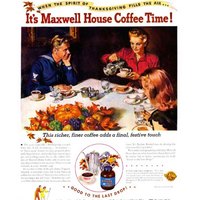Introduction
According to Welsh academic Raymond Williams, advertising is a “magic system that finances our news, television, radio and more. As such it is deeply intertwined with culture, of which gender is a core component” (Leavy, 55). Often times, advertising is not only intertwined with our culture, but it is also a representation or reflection of it. The images and texts put forth to the public are designed to take a product that is common or familiar, and add a certain unique touch of innovation or attractiveness. The word advertising itself is derived from the Latin advert meaning “to turn the attention toward” (Hall,1). Because of ads’ tendencies to grab our attention, their images and messages often stay with us after seeing them for the first time. When ad agencies use certain techniques like repetition of phrases, the words are more likely to stay in our heads. Similarly, the repetition of specific images, as logos, or characters, also tend to embed themselves in our memory.
It is this reinforcement of images including people or characters in ads on which I focus my project. Specifically, how the reinforcement of images representing men and women can lead to perpetuated stereotypes of gender roles in American households. As Raymond Williams said, gender is a core component of culture and it is important to examine such things as the gendering of ads in order to understand and put an end to specific misperceptions and expectations of men and women in everyday society. Novelist John Berger put it simply when discussing that in representations throughout Western art and advertising "men act and women appear" (Leavy, 61). It was this particular quote that solidified my initial path of research. Continuously, I found that in coffee advertisements, specifically in the early to mid 20th century, the figure of a wife serving her husband coffee in their home was used over and over again. Sometimes, her face was not visible, but her hands were shown serving the husband. Therefore, I will center my research on coffee ads in particular and observe and analyze how the commonly consumed household beverage is often paired with the stereotyped role of women as “hostesses” or “home makers.” After a broader study, I narrowed my search to examine Maxwell House Coffee in particular. This company dominated the archives and databases I was using.
The earliest Maxwell House print advertisements I analyze were circulated in the 1920s, about the same time as when the company had established itself as a Southern leader, and started to move its way to the North and East (Coffee, 2003). For decades Maxwell House was America’s best selling coffee and incorporated some of the most memorable initiatives in packed-food marketing, including their television commercials (Elliott, 2014) . In the latter portions of my exhibit I will examine the coffee advertisements and explore them in contexts of gender stereotypes. I will also discuss television ads from the 1950s, and compare them to modern day TV ads.

